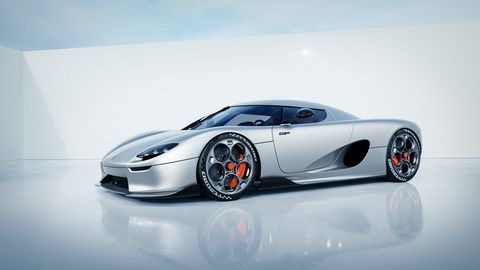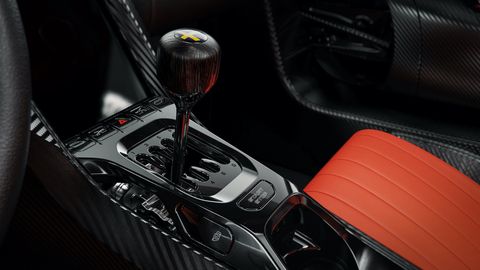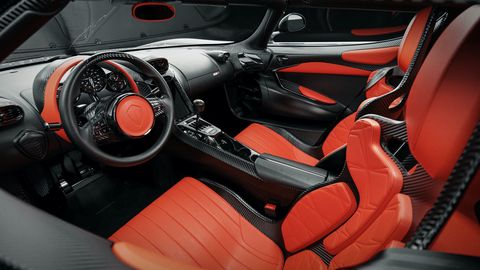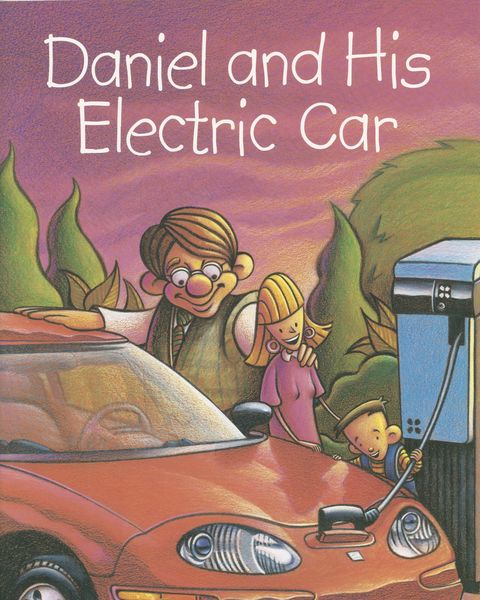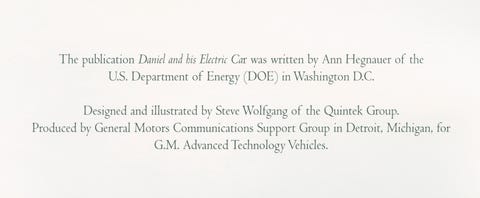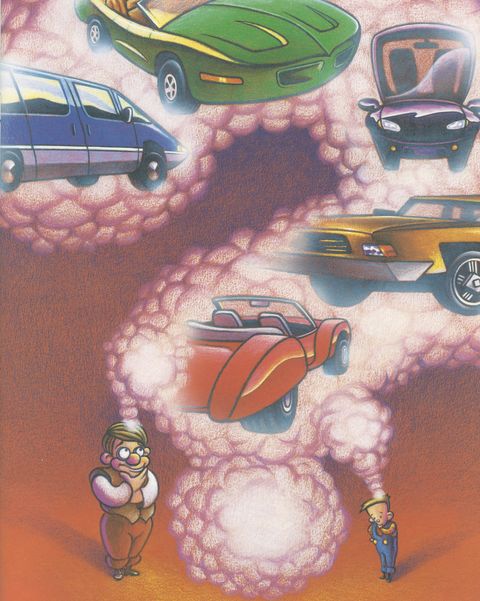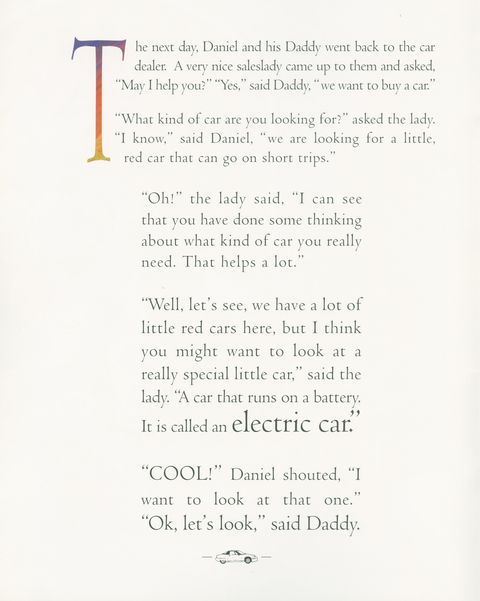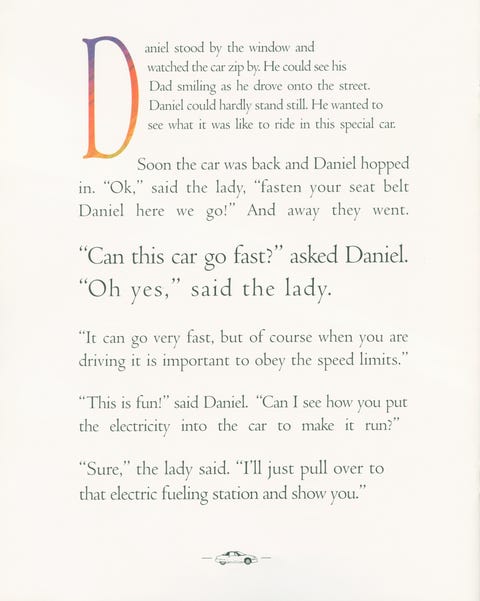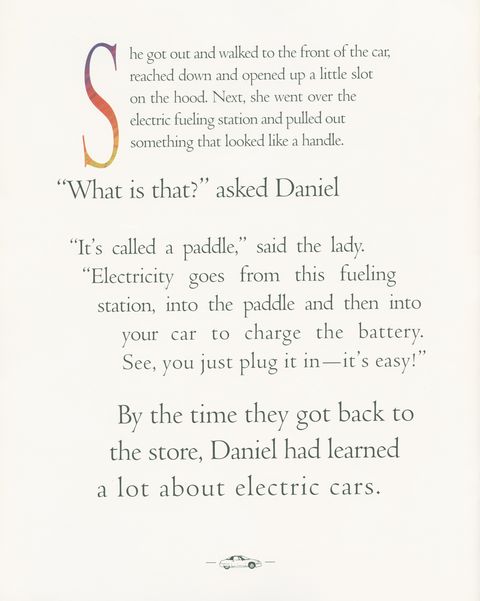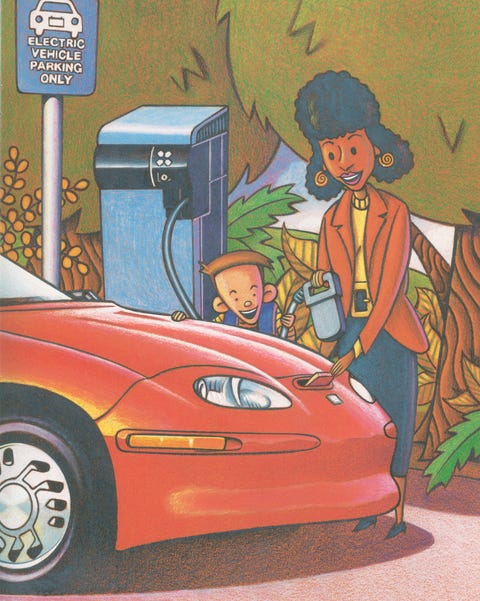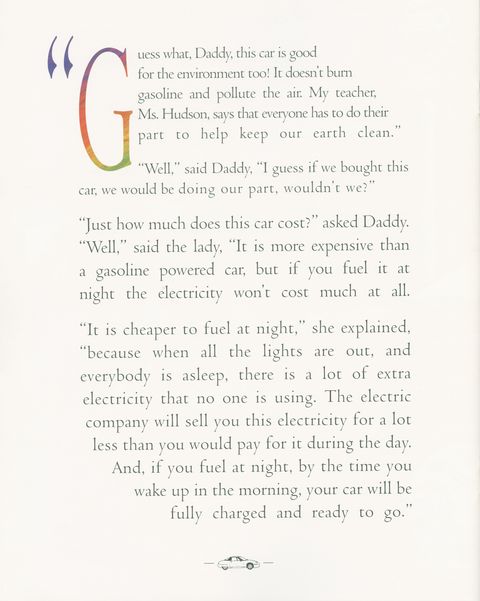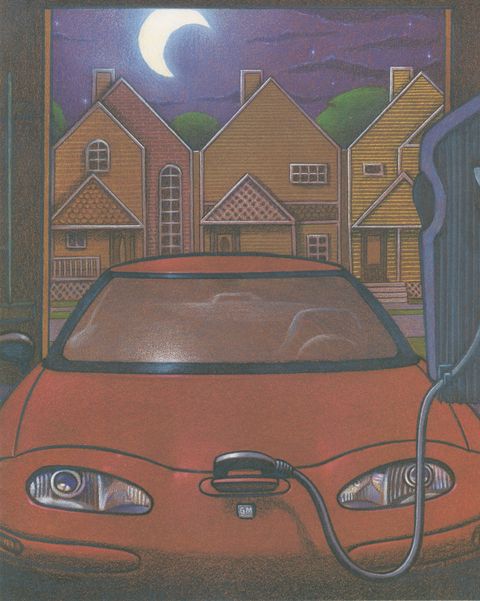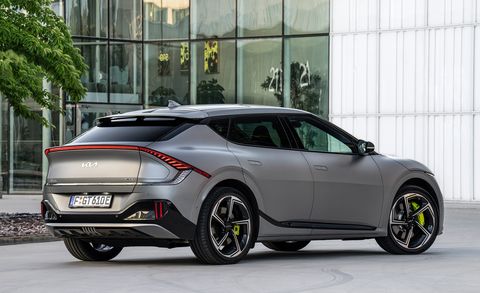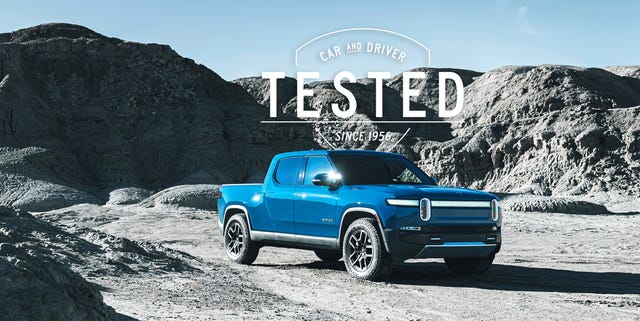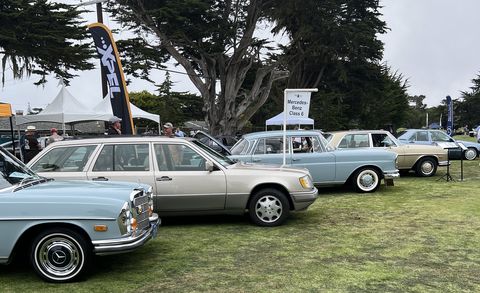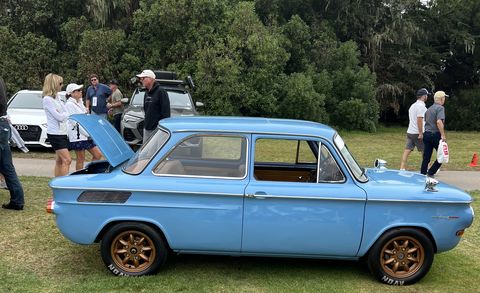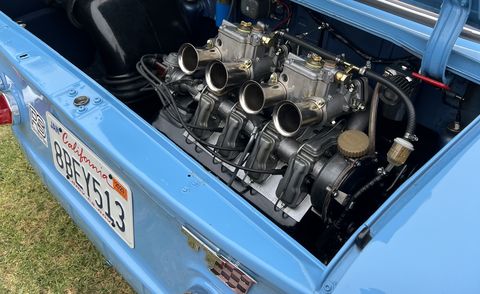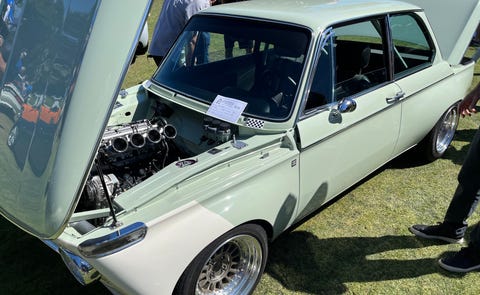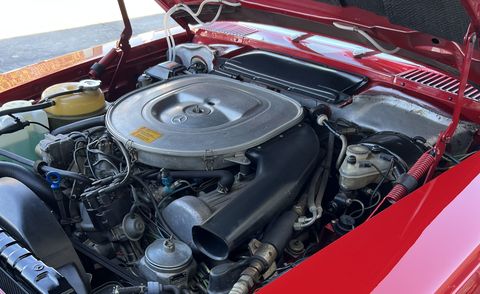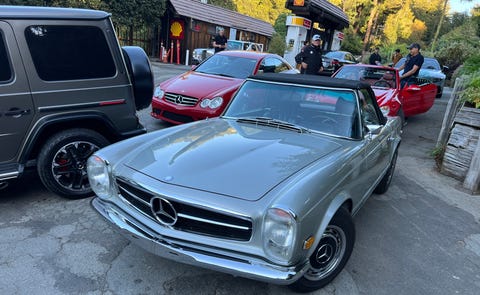Koengisegg CC850 Is a Standout with a Unique Shifter and 1385 HP
- The Koenigsegg CC850 celebrates 20 years since the delivery of the first Koenigsegg, the CC8S, and pays tribute with a faithful modernization of the sleek design.
- The CC850 features a unique new transmission that can act as both a nine-speed automatic and a gated six-speed manual operated with a real clutch pedal.
- The twin-turbocharged 5.0-liter V-8 can produce 1385 horsepower on E85 ethanol and 1020 pound-feet of torque.
Since delivering its first production car in 2002, Koenigsegg has become a leader in combining sleek and stylish hypercar designs with ambitious and ground-breaking engineering triumphs. To honor the twentieth anniversary of its first model, the CC8S, Koenigsegg has created the limited edition CC850, which faithfully modernizes the clean design of the CC8S while introducing a radical new gearbox, the Engage Shift System.
A twin-turbocharged 5.0-liter V-8—likely closely related to the same unit found in the Jesko—powers the CC850 with a whopping 1185 horsepower, which increases to an even more ludicrous 1385 ponies when you fill the tank with E85. Koenigsegg claims a curb weight of 1385 kilograms, or about 3053 pounds, replicating the one-to-one power-to-weight ratio claimed by the 2014 Koenigsegg One:1. The V-8 also churns out 1020 pound-feet of torque, and while the Swedish automaker didn’t reveal performance statistics, the CC850 should be plenty quick.
The main attraction of the CC850, however, is the new Engage Shift System (ESS), which is based on the Light Speed Transmission (LST) from the Jesko. Like the LST, the ESS is a multi-clutch nine-speed automatic that can fire off ultra-rapid shifts. Unlike the Jesko’s LST, however, the CC850’s ESS is fitted with an old-school clutch pedal next to the brake and a gated shifter, allowing the driver to operate the ESS like a traditional six-speed manual transmission. The manual shifter is not mechanically changing the gears, instead shifting entirely by wire, which also allows the ESS to adjust the gear ratios depending on the driving mode. Koenigsegg says this makes it the first manual that can change its gear ratios, although whether this gearbox can truly be considered a manual is up for debate. Founder von Koenigsegg did confirm to Road & Track that it is possible to stall the car in manual mode if you let off the clutch too quickly.
Visually, the car adheres closely to the design of its CC8S ancestor. The bodywork is smooth and features similar proportions to the CC8S, and the CC850 even has a similar scoop carved out of the side of the car. The headlights and taillights have been brought up to date with a minimalist LED design, but otherwise the CC850 remains true to its heritage. The same is true inside, which is symmetrical and stays in line with Koenigsegg’s current design language, but the CC850 does get analog gauges instead of a digital instrument cluster. As on all Koenigseggs, the CC850’s hardtop roof is removable and the “synchrohelix” doors rotate out and up.
Along with marking two decades since Koenigsegg’s first production car, 2022 also saw its founder, Christian von Koenigsegg, turn 50 years old, and as a result only 50 units of the CC850 will be built. The CC850 will likely cost many millions of dollars for the few lucky individuals to get their hands on one.
This content is imported from {embed-name}. You may be able to find the same content in another format, or you may be able to find more information, at their web site.
